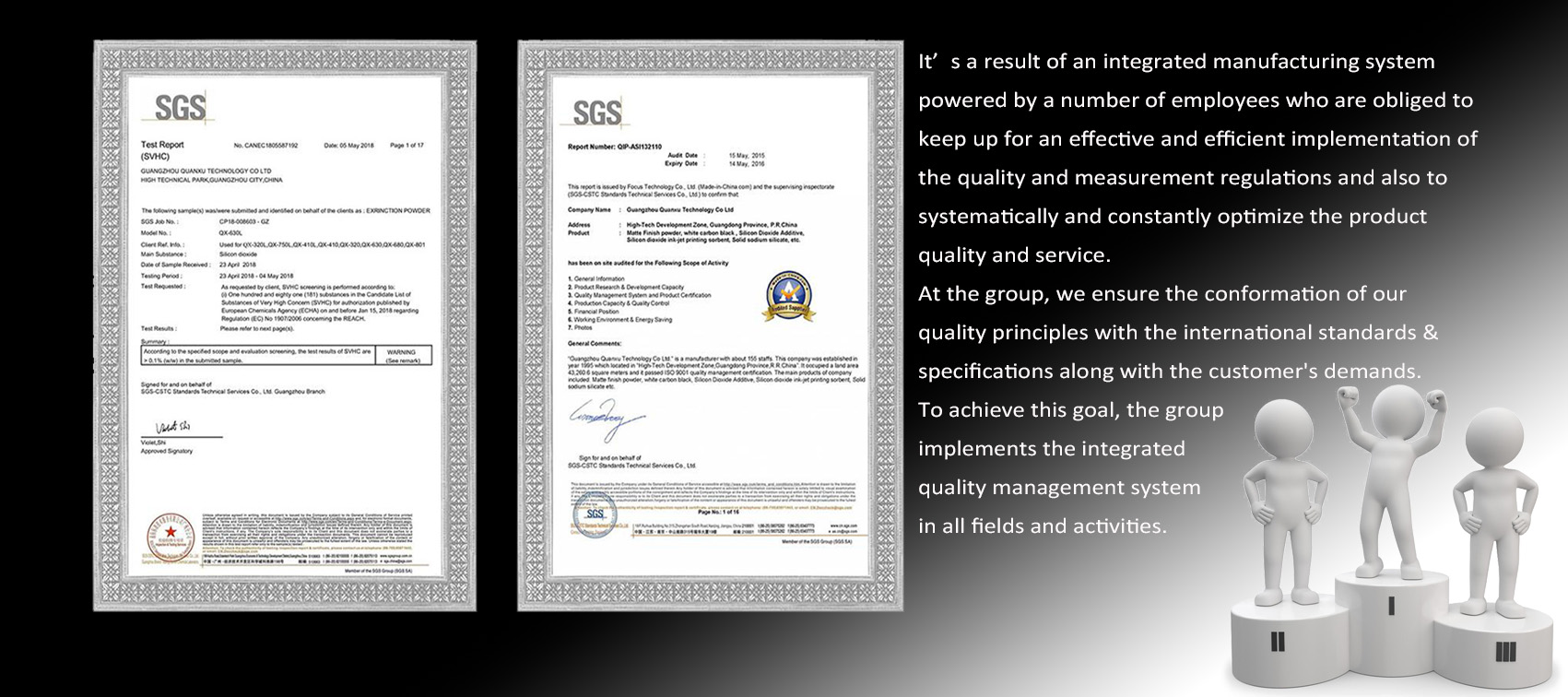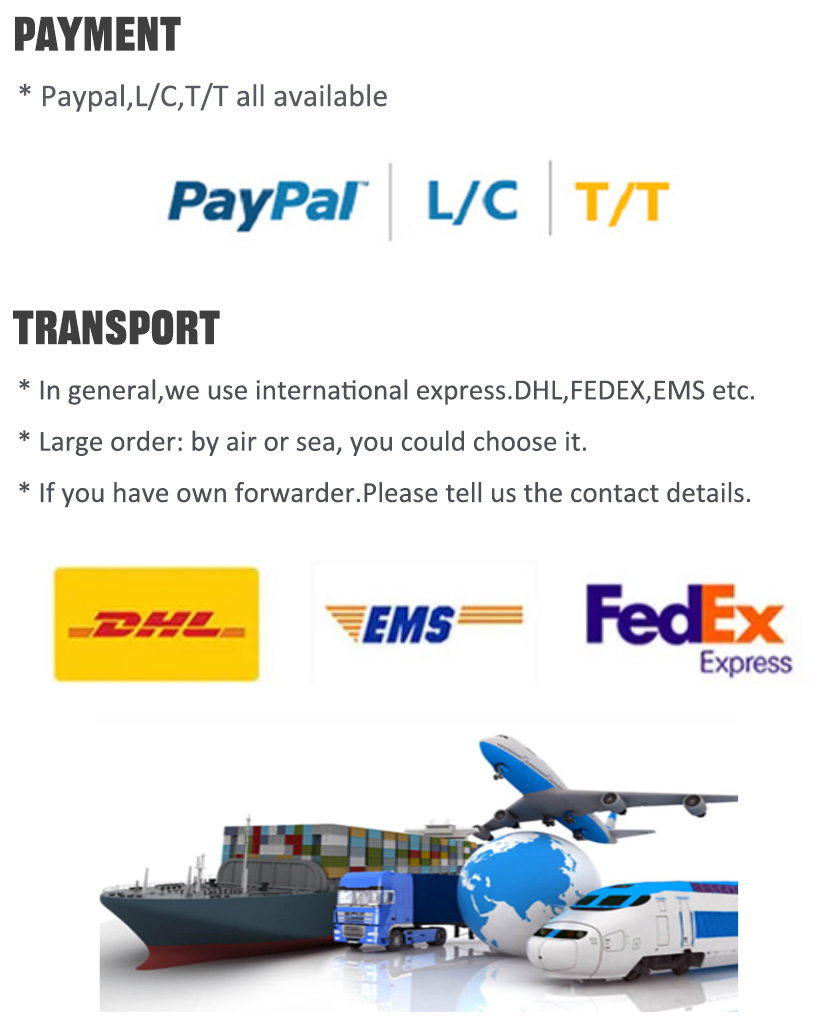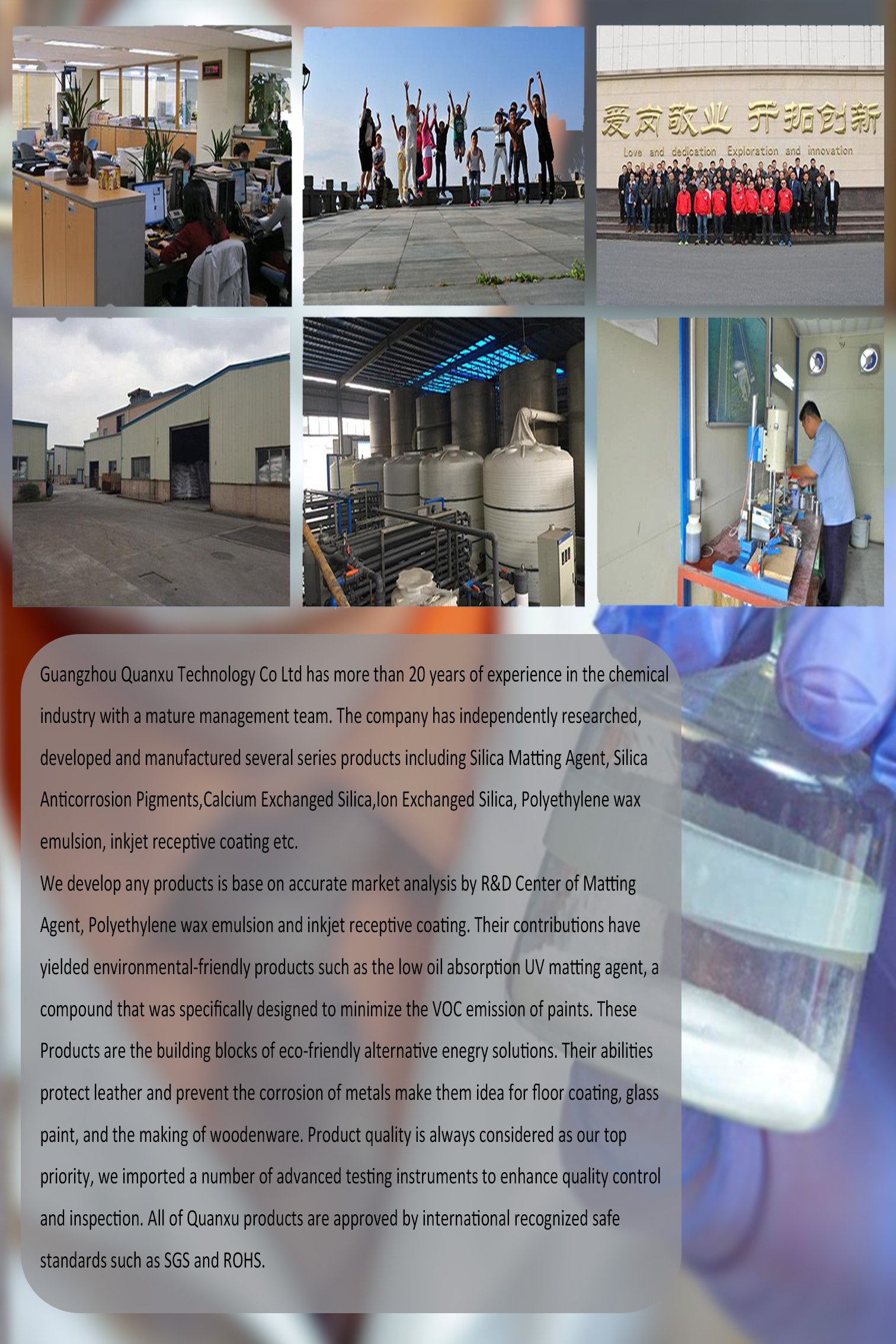
Privacy statement: Your privacy is very important to Us. Our company promises not to disclose your personal information to any external company with out your explicit permission.
Model No.: WF-100
Brand: SKYIMG
Material: Pvc, Pet, Pp, Polyester
Types Of: Twist Film
Use: Decorative Film
Special Performance: Moisture Proof
Hardness: Soft
Transparency: Translucent
Place Of Origin: China
Usage: Visible Film
Sensitivity: Medium-sensitivity Film
Color Temperature: Daylight Type
Imaging Type: Positive
Color: Milky White: Surface: Glossy
Based Thickness: 100um: Total Thickness: 130um
Transparency: Semi-transparent: Waterproofness: 100% Waterproof
Compatible Printer: Inkjet Printers: Based Material: Polyester(PET)
Packaging: Each roll in the white or yellow corrugated box,6 or 4 boxes together in the yellow corrugated carton,yellow corrugated carton together in the non fumigation pallet
Productivity: 100000Square Meter/Square Mete
Transportation: Ocean,Land,Air
Place of Origin: China
Supply Ability: 100000000 Square Meter/Square Meters per Month
Certificate: SGS
HS Code: 3920690000
Port: Guangzhou,Shenzhen,Shanghai
Payment Type: L/C,T/T,D/P,Paypal
Incoterm: FOB,CFR,CIF,EXW


What will effect of silicon dioxide's matte affect?
How to judge the glossiness of matting powder? When light is projected onto the surface of an object, it will reflect. The ability of the surface
of the object to reflect light is called gloss. The glossiness of different objects is different. The glossiness of the surface of the object to reflect
light is called glossiness. Glossiness is expressed as a percentage. The higher the glossiness of the surface of the object, the stronger its
ability to reflect light and the higher the brightness. The glossiness is measured by a photoelectric gloss meter. According to the glossiness,
the coating can be divided into several types, such as glossy, matte, and matte.
Classification of coating glossiness (taking the reflection gloss of 60° (i.e. the incident angle of light is 60°) as an example):
Matte coating: glossiness <10%;
Matt coating: glossiness 15-60%;
Gloss coating: glossiness >60%.
Factors affecting gloss
* Roughness of the coating surface
The glossiness of the surface of an object is closely related to the roughness of the surface of the object. When light hits the surface of an object,
part of it will be absorbed by the object, part of it will be reflected and scattered, and part of it will be refracted. The smaller the roughness of the
surface of an object, the more light is reflected and the higher the glossiness. On the contrary, if the surface of an object is uneven, more light is
scattered, resulting in a decrease in glossiness.
The roughness (h) of the surface of a bright object that can be perceived by human vision can be calculated using the theoretical knowledge of
microsurfaces according to the formula: h=λ/cosα, where input is the wavelength of the incident light; α is the angle of incidence. For example,
when the angle of incidence is 60°, h=1.1μm can be calculated. When the surface roughness h of the object is greater than 1.1μm, it will appear
uneven and the glossiness will decrease.
* Film formation process of coating
After the paint is applied to the surface of the object, it is cured into a film by the volatilization of the solvent (for solvent-based paint). The formation
process of the coating film is crucial to the surface roughness and gloss of the coating film. In the wet film stage, the evaporation rate of the solvent
is controlled by the diffusion of the solvent on the surface of the coating. When the evaporation rates of the various components of the solvent are
not very different, it is possible to obtain a high-gloss surface; on the contrary, when the evaporation rates of the various components of the solvent
are different in the wet film stage, it will cause the polymer molecules to tend to curl or even precipitate, becoming particles or lumps of different sizes,
and the surface of the coating will appear uneven. In the dry film stage, the evaporation rate of the solvent is mainly controlled by the diffusion of the
solvent in the coating as a whole, and it will also affect the roughness of the coating surface. In addition, during the formation of the coating, as the
solvent evaporates, the coating will become thinner and shrink, and some suspended heavy particles in the coating will rearrange on the surface of the
coating, causing the surface of the coating to be uneven.
* Particle size and distribution of pigments and fine materials
The particle size and particle size distribution of pigments (fillers) in the coating are one of the important factors affecting the gloss of the coating. People
have found in research that a high-gloss coating can only be obtained when the diameter of the pigment particles is less than 0.3μm. The reason is: after
the pigment particles dispersed in the paint are made into a coating of a certain thickness and dried, only the pigment particles on the top layer protrude
locally, and the surface roughness of the coating caused by pigment ions with a particle diameter less than 0.3μm will not exceed 0.1μm. When the average
particle diameter of the pigment is between 3 and 5μm, a coating with a better matte effect can be obtained.
In addition to the above three factors that can affect the gloss of the coating surface, factors such as the volume concentration (PVC) of the pigment, the
dispersibility of the pigment, the surface structure of the coating, and the surface reflection characteristics of the coating will also affect the gloss of the coating
surface. Among them, as the PVC of the pigment increases, the gloss of the coating surface first decreases, and a minimum value appears at the limit volume
concentration (CPVC) of the pigment, and then the gloss increases with the increase of PVC. When the type and amount of pigment are determined, the better
the dispersion, the higher the gloss of the coating surface.






Product Categories : Matting Agent For PET Film > Matting Agent For Advertising Film


Privacy statement: Your privacy is very important to Us. Our company promises not to disclose your personal information to any external company with out your explicit permission.

Fill in more information so that we can get in touch with you faster
Privacy statement: Your privacy is very important to Us. Our company promises not to disclose your personal information to any external company with out your explicit permission.